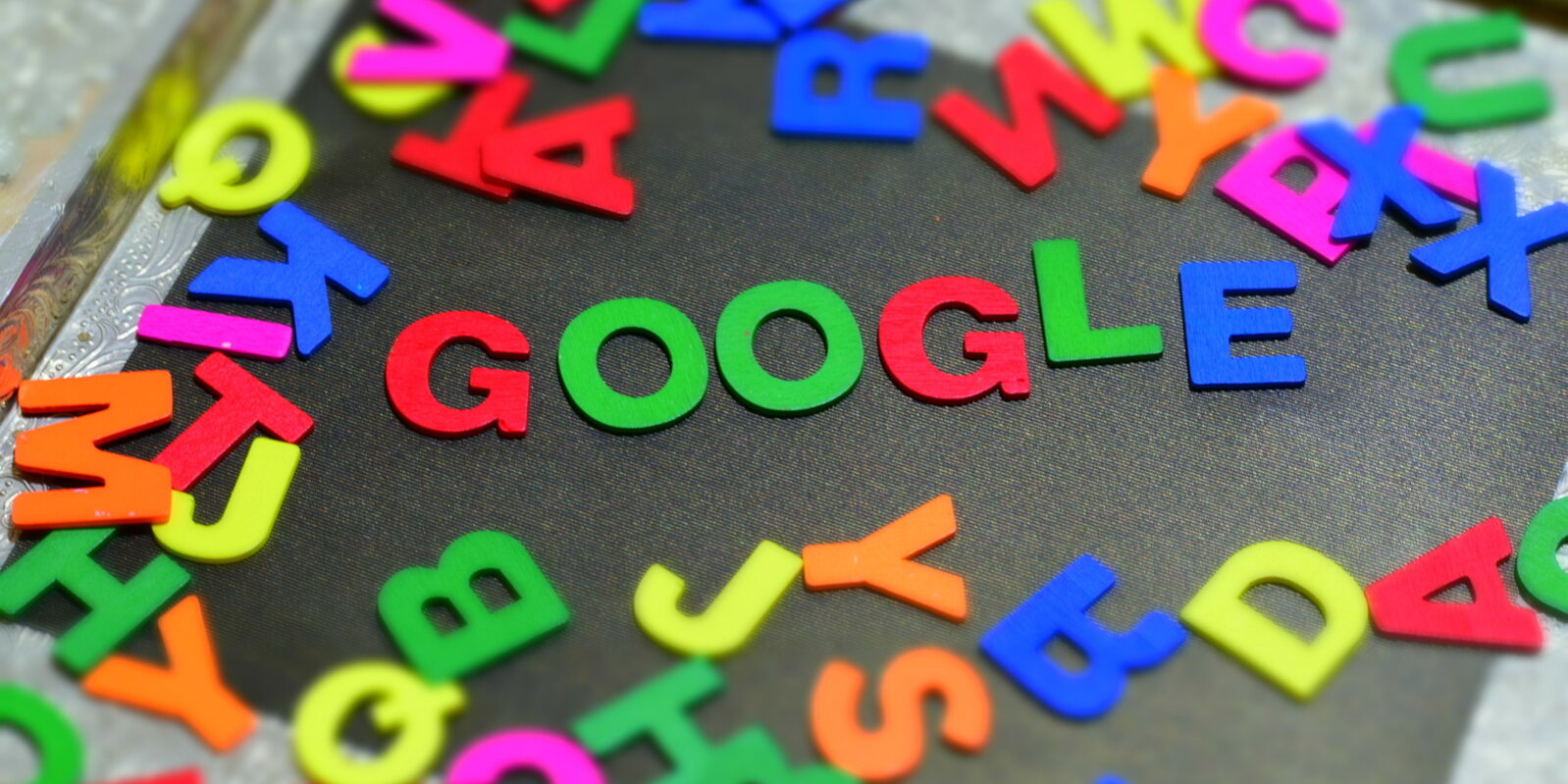Why Do Links Matter in 2024?
Hey there, SEO aficionados! Ever wondered why, despite all the algorithm updates and search trends, links are still a cornerstone in SEO? Well, I’ve got your answer.
Links serve as the internet’s version of a voting system, where each link to your site acts like a “vote” in your favor. But not all votes are created equal!
Quick Stat:
A study found that the top-ranking page on Google is 3.8 times more likely to have several backlinks from unique websites. So, the question is, how can you make links work for you?
Table of Contents
- The Origin of Link Importance: PageRank
- Quality Over Quantity: Not All Links are Equal
- The Role of Relevance
- Anchor Text: The Unsung Hero
- Trust: The Elephant in the Room
The Origin of Link Importance: PageRank
PageRank: The Genesis of Google’s Dominance
The inception of Google’s supremacy came from an innovative algorithmic approach called PageRank. Developed by Google’s founders, Larry Page and Sergey Brin, in their seminal paper, “The Anatomy of a Large-Scale Hypertextual Web Search Engine,” PageRank revolutionized how search engines perceived importance on the web.
For a deep dive into web algorithms, check out this web solutions guide.
How Does PageRank Work?
In its simplest form, PageRank evaluates the importance of a webpage based on the links pointing to it. A link from a reputable website passes more “link juice” or PageRank score to your page.
The more quality links you accumulate, the higher your PageRank, and ostensibly, the better your search ranking.
Quality Over Quantity: Not All Links are Equal

PageRank Score: The Numbers Game
Let’s bust a myth: more links don’t necessarily mean higher rankings. PageRank scores range from 1 to potentially trillions.
A single link from a high PageRank website can be worth millions of times more than a link from a low-ranking site.
The Amazon Example
Think about it. If you’re selling a book, a link from Amazon is worth far more than a link from Joe’s Book Store. It’s all about the authority of the linking site.
Amazon, with its robust link profile, can pass more PageRank to your page. If you’re looking to understand the value of web design in SEO, check out why minimalist web design matters.
The Role of Relevance
Topic Relevance: A Non-Negotiable Factor
You could have the best links in the world, but if your content isn’t relevant to the search query, you’re not ranking. Period.
For instance, a page about cookware will never rank for searches about sports cars, no matter how many high-quality links it may have.
Industry-Specific Links
Imagine your website is all about used cars. A link from Car and Driver magazine would carry more weight because it’s incredibly relevant to your niche.
Here’s a useful read on optimizing content for individuals.
Anchor Text: The Unsung Hero
Anchor Text and Context:
Anchor text is the clickable text in a hyperlink. It tells Google what the linked page is about. If the anchor text says “digital cameras,” it helps Google understand that the linked page is likely about digital cameras.
Trust: The Elephant in the Room

Trust: A Controversial Subject
While Google claims they don’t have a concept of “Trust” for ranking, many SEO experts argue otherwise.
Trust could be an amalgamation of various factors like domain age, secure and accessible website, and user behavior data.
Summary and Next Steps: Are You Link-Ready?
So, here’s the deal: links still hold a lot of power. PageRank, quality of links, and relevance are key players in this game.
Now, your next steps should be a focused link-building strategy that aims for quality over quantity and relevance over randomness.






